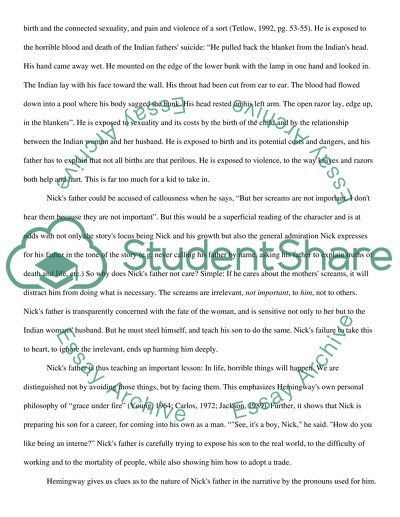Cite this document
(“Indian Camp and Barn Burning Research Paper Example | Topics and Well Written Essays - 2500 words”, n.d.)
Retrieved from https://studentshare.org/miscellaneous/1574729-indian-camp-and-barn-burning
Retrieved from https://studentshare.org/miscellaneous/1574729-indian-camp-and-barn-burning
(Indian Camp and Barn Burning Research Paper Example | Topics and Well Written Essays - 2500 Words)
https://studentshare.org/miscellaneous/1574729-indian-camp-and-barn-burning.
https://studentshare.org/miscellaneous/1574729-indian-camp-and-barn-burning.
“Indian Camp and Barn Burning Research Paper Example | Topics and Well Written Essays - 2500 Words”, n.d. https://studentshare.org/miscellaneous/1574729-indian-camp-and-barn-burning.


